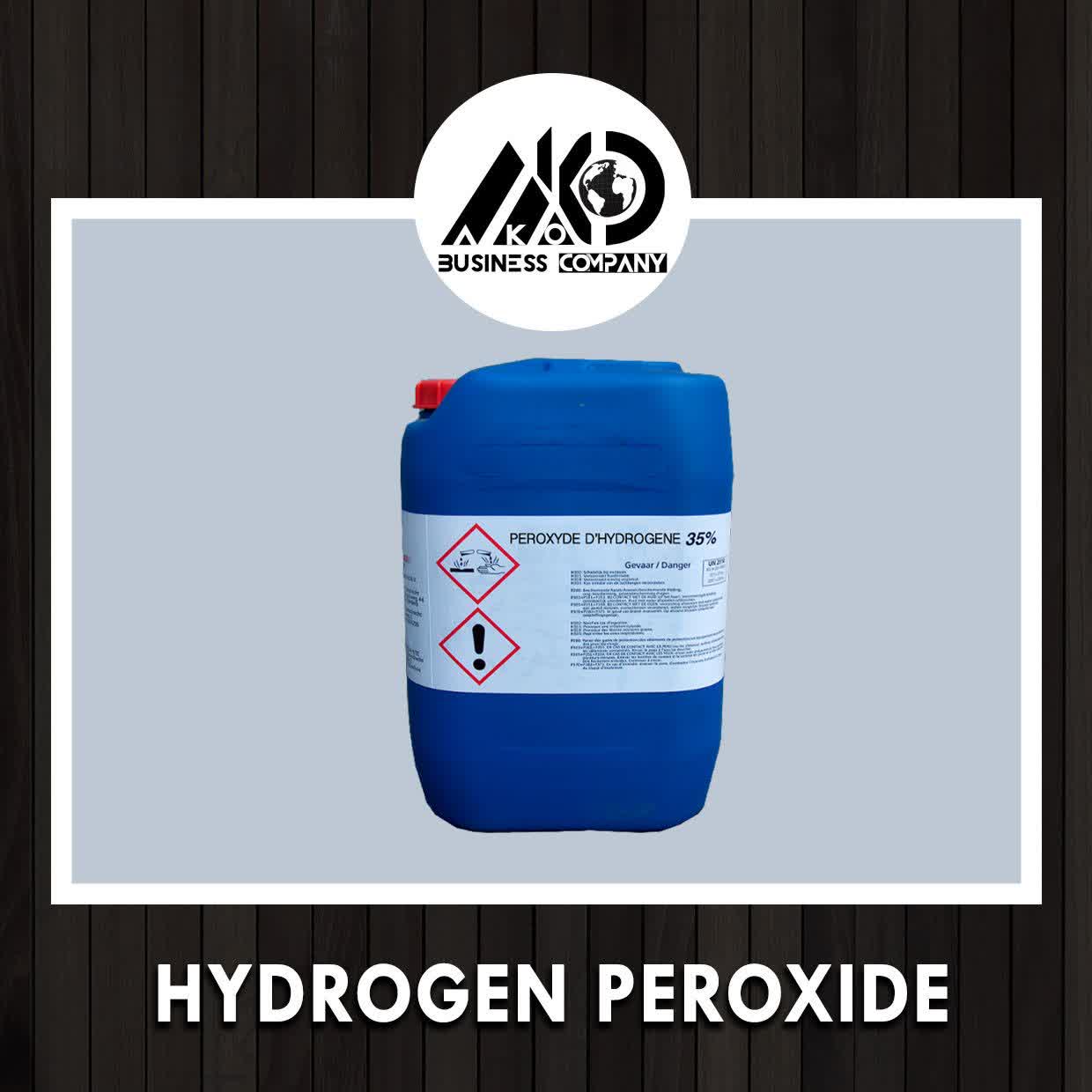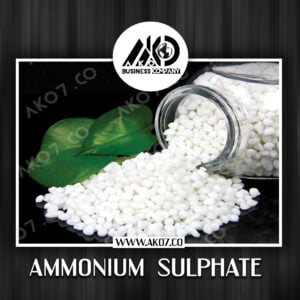Hydrogen Peroxide
chemicalHydrogen Peroxide
Hydrogen peroxide is a chemical compound with the formula H2O2. In its pure form, it is a very pale blue liquid that is slightly more viscous than water. It is used as an oxidizer, bleaching agent, and antiseptic, usually as a dilute solution (3%–6% by weight) in water for consumer use, and in higher concentrations for industrial use. Concentrated hydrogen peroxide, or “high-test peroxide”, decomposes explosively when heated and has been used both as a monopropellant and an oxidizer in rocketry.
شرح
Hydrogen Peroxide:
Hydrogen peroxide is a chemical compound with the formula H2O2. In its pure form, it is a very pale blue liquid that is slightly more viscous than water. It is used as an oxidizer, bleaching agent, and antiseptic, usually as a dilute solution (3%–6% by weight) in water for consumer use, and in higher concentrations for industrial use. Concentrated hydrogen peroxide, or “high-test peroxide”, decomposes explosively when heated and has been used both as a monopropellant and an oxidizer in rocketry.
Applications of Hydrogen Peroxide:
Bleaching
- About 60% of the world’s production of hydrogen peroxide is used for pulp- and paper-bleaching.
- The second major industrial application is the manufacture of sodium percarbonate and sodium perborate, which are used as mild bleaches in laundry detergents.
Production of organic compounds
- It is used in the production of various organic peroxides, of which dibenzoyl peroxide is a large example.
- Peroxy acids such as peracetic acid and meta_chloroepoxybenzoic acid are also produced using hydrogen peroxide.
- Hydrogen peroxide has been used to create explosives based on organic peroxides such as acetone peroxide. It is used as an initiator in polymerization.
Wastewater treatment
- Hydrogen peroxide is used in some wastewater treatment processes to remove organic impurities.
- It can also oxidize the sulfur-based compounds in the waste, which is beneficial because it generally reduces their odor.
Disinfectants
Hydrogen peroxide may be used to sterilize various surfaces, including surgical instruments, and may be used as a vapor (VHP) to sterilize rooms. H2O2 shows a wide range of effectiveness against viruses, bacteria, yeasts and bacterial spores.
Household use:
Hydrogen peroxide has various domestic uses, primarily as a cleaning and disinfecting agent.
Hair bleaching
Diluted H2O2 (between 1.9% and 12%) mixed with aqueous ammonia has been used to bleach human hair. The chemical’s bleaching property lends its name to the phrase “peroxide blonde”. Hydrogen peroxide is also used for tooth whitening. It may be found in most whitening toothpastes. Hydrogen peroxide has shown positive results involving teeth lightness and chroma shade parameters. It works by oxidizing colored pigments onto the enamel where the shade of the tooth may become lighterHydrogen peroxide may be mixed with baking soda and salt to make a homemade toothpaste.
Wound healing
Historically, hydrogen peroxide was used for disinfecting wounds, partly because of its low cost and prompt availability compared to other antiseptics.
Removal of blood stains
Hydrogen peroxide reacts with blood as a bleaching agent, and so if a blood stain is fresh, or not too old, liberal application of hydrogen peroxide, if necessary in more than single application, will bleach the stain fully out. After about two minutes of the application, the blood should be firmly blotted out.
Acne treatment
Hydrogen peroxide may be used to treat acne, although benzoyl peroxide is a more common treatment.
Oral cleaning agent
The use of dilute hydrogen peroxide as a oral cleansing agent has been reviewed academically to determine its usefulness in treating gingivitis and plaque. Although there is a positive effect when compared with a placebo, it was concluded that chlorhexidine is a much more effective treatment.
Horticulture
Some horticulturists and users of hydroponics advocate the use of weak hydrogen peroxide solution in watering solutions. Its spontaneous decomposition releases oxygen that enhances a plant’s root development and helps to treat root rot (cellular root death due to lack of oxygen) and a variety of other pests.
For general watering concentrations around 0.1% is in use and this can be increased up to one percent for anti-fungal actions. Tests show that plant foliage can safely tolerate concentrations up to 3%.
Fishkeeping
Hydrogen peroxide is used in aquaculture for controlling mortality caused by various microbes. In 2019, the U.S. FDA approved it for control of Saprolegniasis in all coldwater finfish and all fingerling and adult coolwater and warmwater finfish, for control of external columnaris disease in warm-water finfish, and for control of Gyrodactylus spp. in freshwater-reared salmonids. Laboratory tests conducted by fish culturists have demonstrated that common household hydrogen peroxide may be used safely to provide oxygen for small fish. The hydrogen peroxide releases oxygen by decomposition when it is exposed to catalysts such as manganese dioxide.
Removing yellowing from aged plastics
Hydrogen peroxide may be used in combination with a UV-light source to remove yellowing from white or light grey acrylonitrile butadiene styrene (ABS) plastics to partially or fully restore the original color. In the retrocomputing scene, this process is commonly referred to as retrobright.
Maintenance method:
Hydrogen peroxide should be stored in a cool, dry, well-ventilated place away from any flammable or combustible materials. It should be stored in a container of non-reactive material such as stainless steel or glass (other materials, including some plastics and aluminum alloys, may also be suitable). Because it degrades rapidly when exposed to light, it must be stored in an opaque container, and pharmaceutical formulations are usually in brown bottles that block light.
warning
Hydrogen peroxide, either in pure or diluted form, may pose several risks, the main one being that it forms explosive mixtures upon contact with organic compounds. Distillation of hydrogen peroxide at normal pressures is highly dangerous. It is also corrosive, especially when concentrated, but even domestic-strength solutions may cause irritation to the eyes, mucous membranes, and skin. Swallowing hydrogen peroxide solutions is particularly dangerous, as decomposition in the stomach releases large quantities of gas (ten times the volume of a 3% solution), leading to internal bloating. Inhaling over 10% can cause severe pulmonary irritation.
With a significant vapour pressure (1.2 kPa at 50 °C), hydrogen-peroxide vapour is potentially hazardous. According to U.S. NIOSH, the immediately dangerous to life and health (IDLH) limit is only 75 ppm. The U.S. Occupational Safety and Health Administration (OSHA) has established a permissible exposure limit of 1.0 ppm calculated as an 8-hour time-weighted average. Hydrogen peroxide also has been classified by the American Conference of Governmental Industrial Hygienists (ACGIH) as a “known animal carcinogen, with unknown relevance on humans”. For workplaces where there is a risk of exposure to the hazardous concentrations of the vapours, continuous monitors for hydrogen peroxide should be used. Information on the hazards of hydrogen peroxide is available from OSHA[97] and from the ATSDR.
Ako as your hydrogen peroxide supplier
As a private business, it is very important to us at Aco that our customers feel valued. We encourage open dialogue to fully understand individual needs, no matter how big or small. Our goal is to create long-term cooperation and partnerships that help our customers grow their business. Contact us to enjoy a great business.






هیچ مورد علاقه ای وجود ندارد